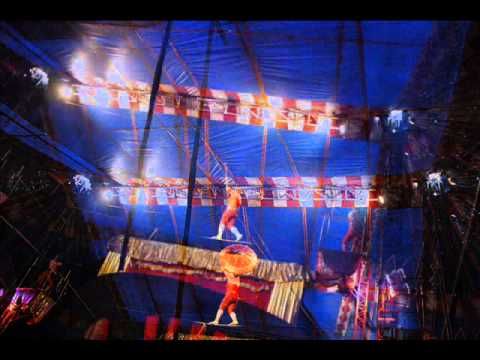Are you fascinated by the mesmerizing performances of circus artists and acrobats? Do you dream of running away to join the circus someday? If so, you’re not alone! Circus arts have captivated audiences for centuries with their incredible feats of strength, agility, and grace. If you’re looking to embark on your own circus journey, this beginner’s guide will help you get started on the right track.
Choosing a Circus Discipline
The first step in training for circus arts is to decide on a specific discipline that interests you. Circus arts encompass a wide range of skills and talents, including aerial silks, trapeze, juggling, contortion, and more. Consider what appeals to you the most and where your natural talents lie. This will help you stay motivated and focused as you begin your training.
Finding a Circus School or Studio
Once you’ve chosen a discipline, the next step is to find a circus school or studio near you. Look for reputable facilities that offer classes taught by experienced instructors. Joining a community of like-minded individuals will not only keep you motivated but also provide you with valuable support and feedback as you progress in your training.
Setting Goals and Creating a Training Plan
Before you start training, it’s important to set specific goals for yourself. Whether you want to master a specific trick, improve your flexibility, or build strength, having clear objectives will help you stay on track and measure your progress. Work with your instructors to create a training plan that incorporates a mix of conditioning, technique work, and practice sessions.
Building Strength and Flexibility
Circus arts require a combination of strength, flexibility, and coordination. To prepare your body for the demands of your chosen discipline, focus on building your physical fitness through strength training, flexibility exercises, and conditioning drills. Incorporate activities like yoga, pilates, and cardio workouts into your routine to improve your overall performance.
Learning Proper Technique
One of the most important aspects of training for circus arts is mastering proper technique. Attend classes regularly to learn the fundamentals of your chosen discipline and practice under the guidance of experienced instructors. Pay close attention to your form, posture, and alignment to avoid injury and improve your skills over time.
Consistent Practice and Perseverance
Like any skill, mastering circus arts takes time, dedication, and perseverance. Consistent practice is key to improving your abilities and pushing beyond your limits. Set aside regular practice sessions to work on your technique, strength, and flexibility. Don’t get discouraged by setbacks or slow progress – stay committed to your training and trust the process.
Seeking Feedback and Support
As you progress in your circus training, don’t be afraid to seek feedback from your instructors and peers. Constructive criticism can help you identify areas for improvement and make adjustments to your training plan. Surround yourself with a supportive community of fellow circus artists who can offer encouragement, advice, and motivation as you work towards your goals.
Conclusion
Training for circus arts is a challenging yet rewarding journey that requires patience, dedication, and a passion for performance. By choosing a discipline, finding a reputable circus school, setting goals, and committing to consistent practice, you can embark on a path towards mastering the art of circus. Remember to be patient with yourself, stay focused on your goals, and enjoy the process of learning and growing as a circus artist.
© 2022 Your Circus Arts Training Guide. All rights reserved.


